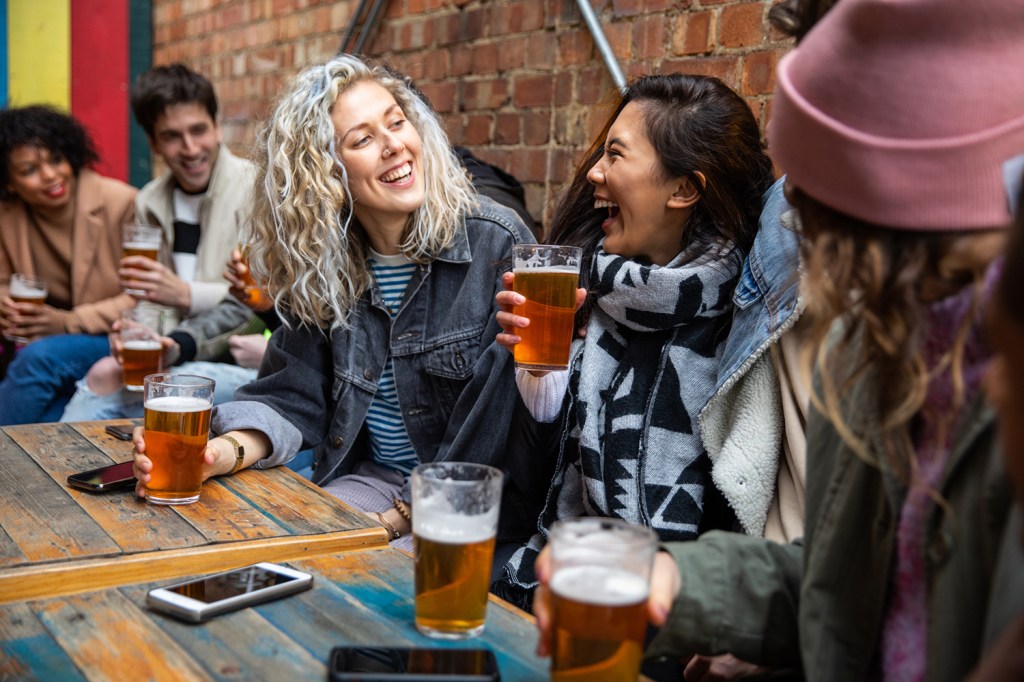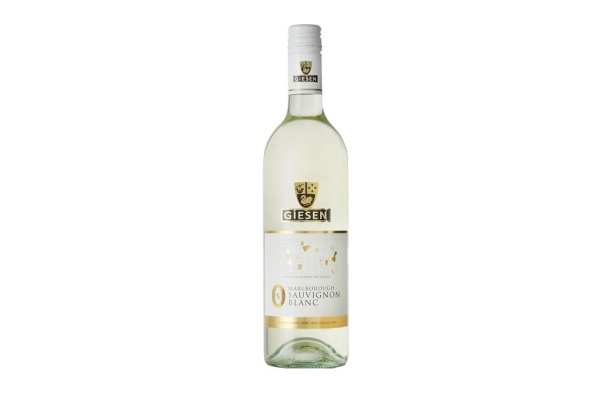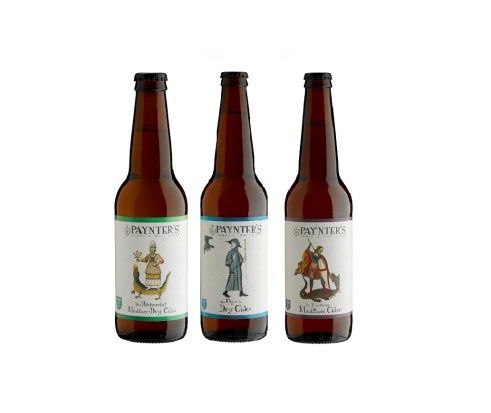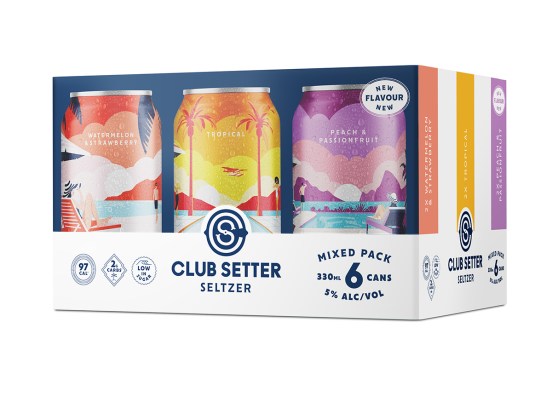Once but a sliver of the global beverage alcohol market, no- and low-alcohol beer/cider, wine, spirits, and ready-to-drink (RTD) products grew by more than +6% in volume in 10 key global focus markets in 2021, and now command a 3.5% volume share of the industry, according to research from liquor analysts, IWSR.
Among 10 focus markets examined in the 2022 IWSR No- and Low-Alcohol Strategic Study (Australia, Brazil, Canada, France, Germany, Japan, South Africa, Spain, the United Kingdom, and the United States), the market value of no/low alcohol in 2021 was just under US$10 billion, up from $7.8bn in 2018.
The IWSR forecasts that no- and low-alcohol volume will grow by +8% compound annual growth rate (CAGR) between 2021 and 2025, compared to regular alcohol volume growth of +0.7% CAGR during that same period.
“While January has become a popular month for people to cut back or abstain from alcohol, interest in no- and low-alcohol drinks has increasingly become a year-round trend among consumers across the world,” says Emily Neill, COO of IWSR Drinks Market Analysis.
“To meet that demand, beverage alcohol companies have invested heavily to introduce a number of innovative new products, and many established mainstream brands have recently crossed over to develop no/low alcohol versions of their popular beer, wines, and spirits.”
No-alcohol is the growth driver over low-alcohol
Beer/cider is the largest no/low category (at 75% volume share), with no-alcohol beer projected to drive growth at more than +11% CAGR over the IWSR study’s 2021-2025 forecast period.
No-alcohol RTDs and no-alcohol spirits are both expected to post about +14% CAGR volume growth.
The wine category is the exception, as the taste of low-alcohol wine is perceived by many consumers to be superior to that of no-alcohol wine. Low-alcohol wine is expected to grow almost +20% CAGR 2021-2025, vs. no-alcohol wine projected at +9% CAGR.
Who is the no/low consumer?
Moderation is the most common use of no/low products, with significant cross-over between no/low and alcohol consumers.
According to the new IWSR research, 43% of adults across the focus markets who have purchased no- and low-alcohol beverages say they are substituting those products in place of full-strength alcohol for certain occasions, rather than abstaining from alcohol overall.
The majority of no/low drinkers also enjoy standard strength alcohol too – only 17% of people report they are drinking no/low to avoid alcohol completely.
The country with the largest proportion of alcohol abstainers is the US, with 23% of no/low drinkers avoiding alcohol completely.
Why do consumers choose no/low products?
Among adults who have purchased no- and low-alcohol products, 37% of people say that the reason for doing so is to avoid the effects of drinking alcohol. A third of drinkers buy no/low alcohol because they enjoy the taste.
Demographics and occasions for no/low alcohol
While evening occasions at home – including socialising and mealtimes – are the most popular times for no/low beverages across all demographics, millennials and higher-income consumers across markets are more likely to use no/low products to unwind or post-exercise.
The IWSR study found that only 5-6% of no/low consumers drink it after 11pm. Many brands targeting late night partying and dark spirits occasions have found it tougher to gain consumer acceptance.
“The no/low alcohol market is still very much in its early growth stage in many categories and geographies, as the sector continues to define itself,” adds Neill.
“Brands that will ultimately dominate in the no/low space are those that are successful in navigating the barriers of taste, price, pack format, availability, and overall consumer education.”
For more from IWSR, click here.
Did you know?
There are 6 ways you can catch up with The Shout NZ?
Our print magazine – February issue out soon! Subscribe here.
Online, updated daily with its own unique content and breaking news.
Our weekly newsletter – free to your inbox! Subscribe here.
Our digital magazines – the latest issues are online now.
We are also on Facebook and Instagram!





